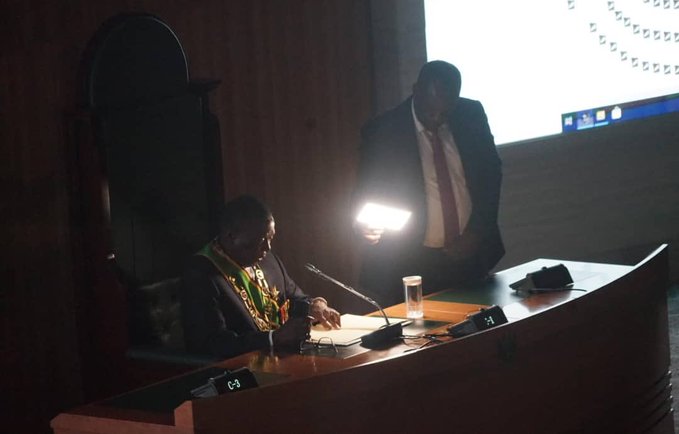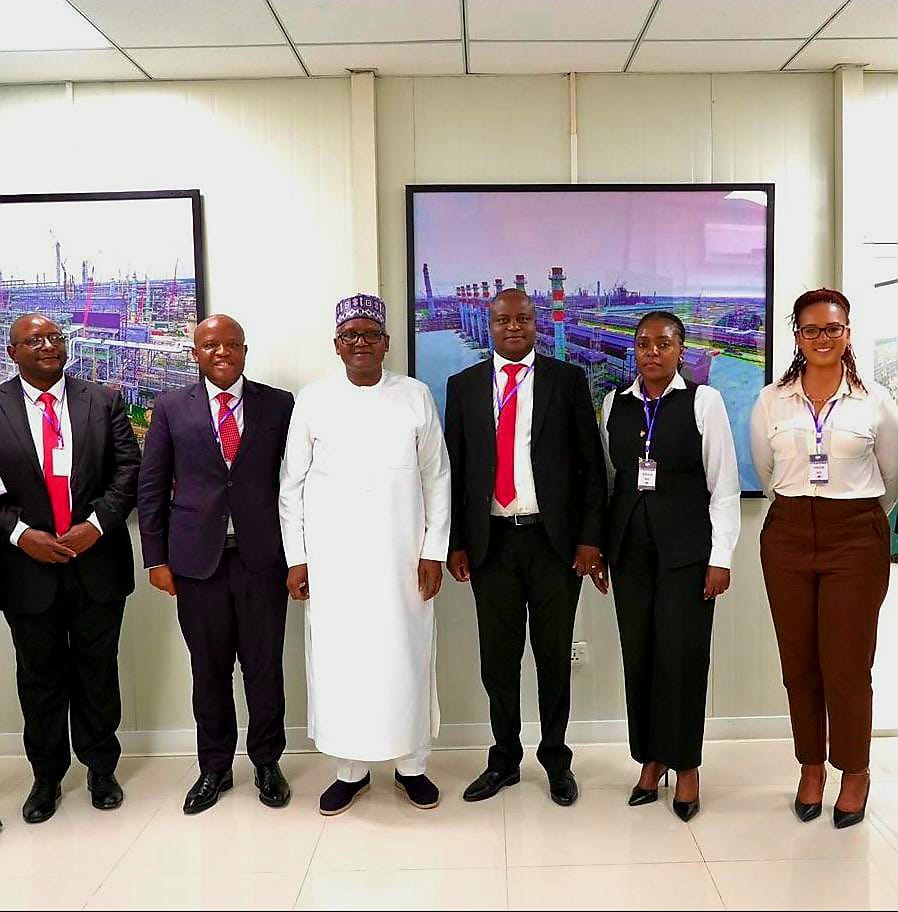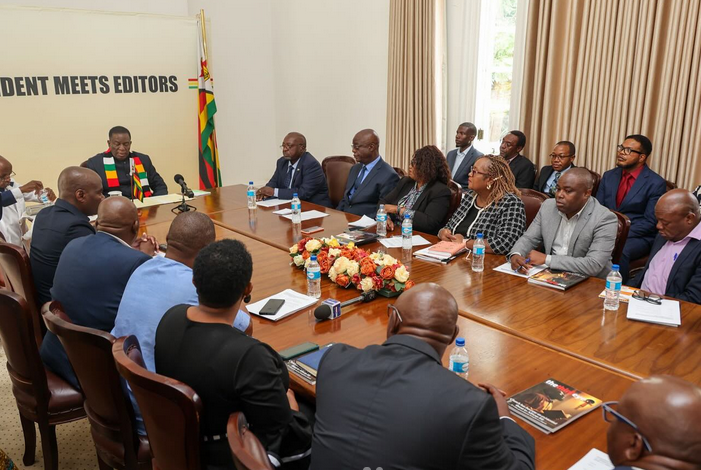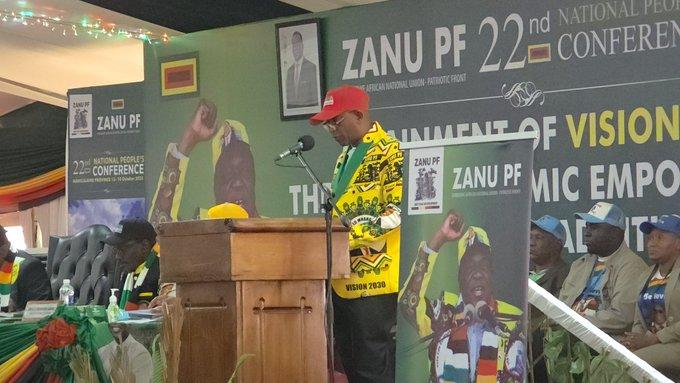Platinum producers will need a minimum production rate of 500 000pt ounces per year if the country is to set up a platinum refinery, Zimplats CE Alex Mhembere has said.
Mhembere told analysts in the first such briefing that platinum producers were not opposed to the setting up of a refinery but the conditions had to be right for such a huge project.
Mhembere said a minimum of 500 000pt ounces was required, which would likely be met by next year. Zimplats expects to produce 270 000pt this year while the other two miners, Unki and Mimosa will bring in 160 000pt. "This will bring the total to about 430 000 and therefore much closer to the minimum threshold required."
"However for output to be raised to 170 000pt an investment of $1 billion would be required." Mhembere said the whole project requires a capital outlay of $2.8 billion. The miner had already spent $30 million on a feasibility study. However Mhembere noted there were a lot of issues which needed to be addressed, such as skill, infrastructure and more importantly power.
He said there would be need for an addition 100MW of power which means the platinum sector would require 400MW.
Two refineries need to be installed — one for base metals which separated nickel, copper and cobalt and a precious metals furnace which separated nine different metals including platinum, palladium, gold and rhodium.
Mhembere said at the moment, platinum producers are getting 90% of the value by taking the matte to South Africa. "So by setting up a refinery here, we will realise a net saving of 10%."
Zimplats expects to spend an additional $100 million on the Phase 2 expansion. The miner also expects to contribute $115-$116 million to the fiscus at F13.
Local procurement had increased to 63% of which 31% is indigenous with the year to date value is $178 million for local with $88 million going to indigenous suppliers.
Contrary to allegations that the miner was misrepresenting its output, Mhembere said a daily metal accounting system was in place which tracks the mineral that is mined and recovered at the processing plants every 15 minutes. He also said there was an on-site MMCZ officer monitors the matte dispatches.
"Further to that, four samples of each process are taken to the authorities."
Revenue in the nine months to March was down 4% to $345.8 million despite an increase in volume. The pre-tax profit was down 27% to $85 million while cash generated from operations went down 47% to $97.6 million from $182.6 million.
Gross margins were down 24%. Mhembere said all other areas of the business were extremely good adding that the financial numbers don't reflect the good performance on the ground.
Platinum remained the major contributor to revenue at 56.5% followed by palladium at 19.7%, gold 6.6% and nickel at 9.9%.
Mining production for the March quarter was 3% higher than previous quarter driven primarily by an improvement in underground equipment availability. However the head grade was 1 percent below plan due to the milling of lower grade ore from Mupfuti Mine which is still under development as part of the Ngezi Phase II expansion.
Mhembere said indigenisation was still work in progress but the miner is hopeful for an amicable resolution to the process as they had agreed in principle to the 51% rule.
He said the group would have preferred a plan, which entails listing on the Zimbabwe Stock Exchange but that would be difficult as the market is also open to foreign investors.
- financial express
 Parliament apologises to Mnangagwa
Parliament apologises to Mnangagwa  SA decry 'non-existent' Beitbridge border post security
SA decry 'non-existent' Beitbridge border post security  Millions celebrate Diwali festival in India
Millions celebrate Diwali festival in India  Zimbabwe's dollar stock exchange surges 45%
Zimbabwe's dollar stock exchange surges 45%  Gold edges up as traders await guidance
Gold edges up as traders await guidance  Karo Platinum Project capex rises to US$546m
Karo Platinum Project capex rises to US$546m  Young Investment Professional (YIP) Graduate Programme 2019
Young Investment Professional (YIP) Graduate Programme 2019 










 Young Investment Professional (YIP) Graduate Programme 2019
Young Investment Professional (YIP) Graduate Programme 2019
Editor's Pick